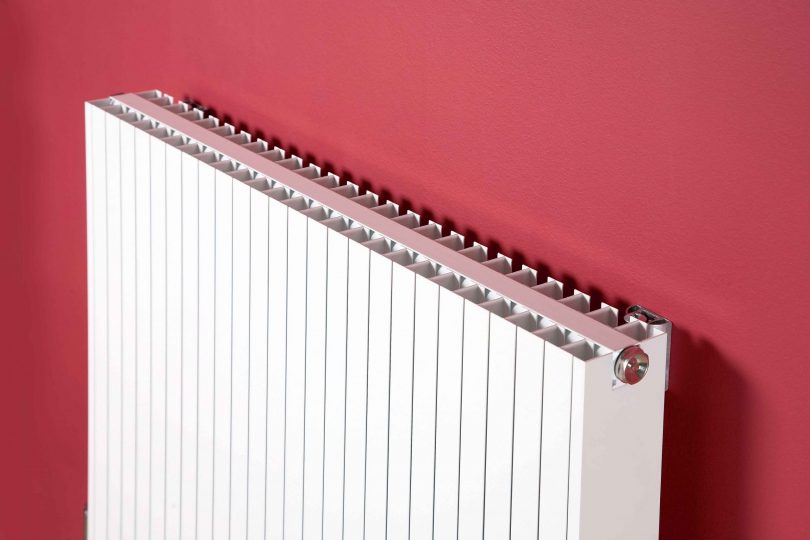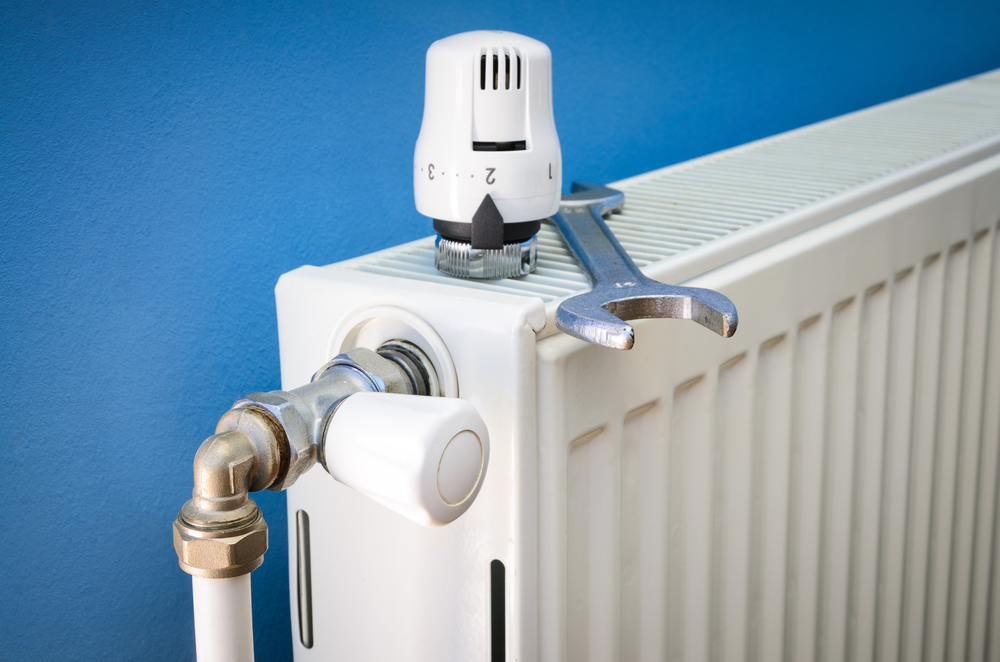If your home or office radiator simply isn’t heating up as efficiently as it once was (perhaps it’s cold on top and hot on the bottom, for example) chances are you simply need to “bleed” it. In case you’re not already aware of the terminology, “bleeding” a radiator simply means releasing any air that has become trapped inside of it. Air pockets will often form in a radiator which impedes the natural flow of hot water and makes it impossible for them to heat evenly. Luckily, this problem is easily remedied and doesn’t require you to call a service professional for assistance.
First off, you should make sure that your central heating control is set to the off position. This not only ensures that more air won’t enter the system, it’s also crucial for safety reasons. Once the radiator has cooled off, you can move on to the next step. If you’re dealing with multiple radiators, you’ll need to turn the system on and let it get hot in order to determine which ones are affected, of course.
Next, locate the bleed valve. The bleed valve may appear as a small red lever or perhaps some type of mechanism on one side that can be turned. With some modern radiators, you might need to locate or purchase a radiator key (which has been specifically designed to work with that particular model). Other radiators will simply have a slot on top for a screwdriver (usually of the flat-head variety).
Before you begin turning the valve counter-clockwise to release the build up gas, be sure to wrap a heavy towel or cloth around the valve, key or screwdriver. This is crucial because some radiators will release the water in a forceful jet.
Slowly turn the valve, key or screwdriver counter-clockwise to release the gas; you should hear a hissing sound.
Once the hissing subsides and you have liquid coming out, quickly close off the valve and tighten it.
Note: You can find an ideal radiator and the needed parts here: https://www.radiatoroutlet.co.uk.
Finally, turn the central heating back on and check the pressure (which is usually indicated via a gauge found on your boiler). If the pressure is ok, all you need to do is re-check to make sure that the radiator is heating up properly. If all is well, you’re finished. If the pressure is too low, you can often remedy this by using the “fill lever” on your boiler.








